More evidence that solar + wind cannot decommission coal plants at scale
So why do we keep trying, when there are much better options?
As many of my readers know, I have been on a bit of a crusade against Green energy policies, because they:
Will fail to achieve the stated goal of Netzero by 2050
Make virtually no difference in future global temperatures.
Greatly increase energy prices
Undermine long-term economic growth
Undermine the material standard of living for the working class and poor, who spend disproportionately more on energy as a percentage of income
Make it far more difficult for developing nations to industrialize.
Make it far more difficult to transition to electric vehicles.
I have argued that the most cost-effective means to mitigate the negative impact on the natural environment is to phase out coal, which is by far the worst emitter of carbon dioxide and pollution. For the foreseeable future, this can only be done via a blend of natural gas, nuclear, and hydro-electric power. The exact blend will vary by region due to geography and local cost structure. In North America, natural gas is the obvious choice.
Unfortunately, Greens are adamantly opposed to any alternative and continue to push for massively increased solar, wind, utility-scale batteries, and the “electrification of everything.” And they have convinced most Western governments to heavily subsidize this strategy.
They trumpet the “success” of Green policies in the media, so let’s take a look at most covered examples of success.
If you enjoy this article, you should check out my “From Poverty to Progress” book series:
See also my other posts on Energy:
Komati power station in South Africa
Here is a typical article on a supposed big win for the “solar/wind/batteries replacing coal” strategy. It is about the Komati power station near Johannesburg, South Africa. It is very large energy project funded partially by the World Bank to show the world that solar + wind + batteries can replace coal plants.
According to the official stats that I could find, the old coal power station consisted of nine coal-burning units. Five units had a capacity of 100 MW, while four units had a capacity of 125 MW. This meant that the total capacity was 1000 MW. That is fairly common for a large coal-burning power plant.
This coal-burning unit was “replaced” by 150 MW of solar, plus 70 MW of wind power with an ability to store 150 MW in utility-scale batteries. The linked article brands this a “beacon of clean energy.”
Let’s do the math
Umm… wait a minute… 150 + 70 = 220. And last time that I checked, 220 is a much smaller number than 1000. So, at best, the new system is replacing only 22% of the electricity produced by the old coal plant.
But it gets worse. While coal-burning power plants can run almost 24/7/365, neither solar nor wind can. You have to calculate the actual electricity created by the new power plant. Capacity is just the theoretical maximum in the optimal conditions. Many types of power plants (coal, natural gas, oil, nuclear, geothermal, hydro) can easily reach the maximum capacity for months at a time, and to a certain extent humans can choose when they do so. Not true for solar and wind.
So let’s calculate the actual output numbers. Calculating the actual annual output is very difficult and really can only be done by looking at the amount of electricity afterward, but we can get a fairly decent approximation.
Solar power at Komati
Fortunately, South Africa is a fairly good place for solar power. Solar power is viable in the red areas on the map.
Based on location, a capacity factor of 25% for the solar plant is probably in the ball park. That means that the solar plant will generate about 25% of it rated capacity over the course of the year.
The reason that it is not 100% is that:
Solar power is only at or near 100% capacity on sunny summer days, roughly 10 AM to 4 PM.
Solar power will be over 50% capacity on:
Sunny summer mornings and early evenings
Sunny late spring days from roughly 10 AM to 4 PM (when the sun is lower on the horizon)
Sunny early fall days from roughly 10 AM to 4 PM
Cloudy summer days
Far below 50% capacity on:
Days during the winter, early spring, and late fall, particularly on cloudy days.
At 0% capacity during the night year-round. And remember that is 50% of the year.
Wind power at Komati
Now let’s turn to wind power. Typically, wind power stations have somewhat higher capacity than solar power stations for the simple reason that the wind blows at night. In good conditions, a capacity factor of 30-35% can be achieved.
But as you can clearly see from this map, South Africa does not have good wind conditions. Wind is economically viable in the red and yellow areas on the map.
I have no idea what the actual capacity factor of the Komati wind power will be, but I doubt that it will beat 25% by much. My guess that is why they built only 70 MW worth of wind turbines.
So let’s just assume that both the wind and the solar plants have a 25% capacity factor. This means that the solar plant will generate an average of 37.5 MW (150 * 25) and the wind plant will generate 17.5 MW (70 * 25). Combined that equals 55 MW.
That is 5.5% of the output of the old 1000 MW coal plant!
How can anyone who knows anything about how the electrical grid functions possibly believe that the new solar/wind power plant is anywhere near replacing the old coal power plant? And this project is funded by the World Bank as a demonstration project designed to show how great the idea is!
But wait, there is more…
Battery power at Komati
But what about the utility-scale batteries? Well, batteries do not create electricity. They only store electricity for use at a later date. So you cannot add its 150 MW to the output from solar and wind.
As an aside, it drives me crazy when people use MW as a unit of measurement for utility-scale batteries. MW is a measurement of instantaneous power output so it is only appropriate for electrical generation.
For power storage, you need to include a unit of time. Megawatts hours is the typical unit is measurement for that. Megawatts hours is abbreviated as MWh. For the purposes of this article, I will assume the Komati batteries store 150 MWh of electricity. That means that the system can output 150 MW of electricity for 1 hour.
So at most, the utility-scale battery at Komati can store 15% of the output of the 1000 MW old coal plants for one hour!
And the old coal plants probably ran 24/7 (or 168 hours per week). Now, a utility-scale battery can be recharged multiple times within one week, but most likely, we are talking about a maximum of once or twice per day. Maybe, one recharge during the day by solar and then one recharge in the night by wind. And remember that the solar and wind can only recharge the batteries if they are producing excess power that is not currently needed for the grid. So any electricity for storage cannot be used right then.
So it is not even clear to me that the new plant can actually replace the theoretical 5.5% of the annual output of the coal plant. That 5.5% is really an upper boundary.
Another example from Minnesota
Let’s look at another example of “success.” News stories hype the replacement of the coal-fired Shelburne County Generating County station. The 2238 MW coal power plant is being “replaced” by a new 710-megawatt solar farm. I see no mention of utility-scale batteries.
Look at the maps above, and then do the math. Is the coal plant actually being replaced by renewable power? Does the new solar farm even replace 10% of the electrical output of the existing coal plant?
Another example: Gansu wind farm
Recently I ran across a great video (see link below) that illustrates the problem of replacing Asian coal with wind and solar. It is about the Gansu Wind Farm in the Gobi Desert in China. Its total capacity is a colossal 20 GW (or 20,000 MW), making it by far the largest wind farm in the entire world. In fact, the Gansu Wind Farm surpasses the total capacity of wind production for all but 8 other nations in the world.
The maker of this video is obviously very supportive of the project, but if you look at the numbers, it is not at all clear that the project will lower Chinese coal usage.
A few key negatives mentioned in the video:
The wind farm is larger than the size of Belgium! This shows just how land intensive wind turbines are.
The wind farm is very far from urban areas that need the electricity. As we will see later, this is a big problem.
The electricity produced is almost double the cost of electricity produced by coal, so there is no economic incentive for customers to purchase it (7.5 cents per kWh versus 4.2 cents).
About 40-50% of the electricity being produced by the project is not used due to the lack of transmission cables to the urban areas (which are huge projects unto themselves).
Assuming a capacity factor of 30%, this colossal project produces as much electricity as about six large coal plants. China has 1142 coal plants in total.
So even with the most optimistic assumptions, this massive project can decommission roughly 0.5 percent of Chinese coal plants.
And remember, this is by far the biggest wind farm ever constructed.It is not clear whether the project includes utility-scale batteries, but to replace one coal plant, they would need to be massive. A 1GW coal plant generates roughly 20-24 GWh per day. This would be roughly 8 times larger than the biggest energy storage system in the world.
Based on the above, it is safe to assume that the bulk of the electricity being generated by the Gansu Wind Farm will be in addition to coal, not instead of coal. And I am skeptical any nation but China will pull off such a large renewable project within the next few decades.
Let’s scale it up
To give you an idea of the scale of the problem with using utility-scale batteries to replace coal power stations, let’s use the world’s largest lithium-ion battery energy storage system in the world: the Moss Landing Energy Storage Facility, Monterey California as an example. I have been there. It is massive.
The Moss Landing energy storage system consists of more than 110,000 battery modules in 122 containers. Its total capacity is 750 MW/3,000 MWh. If I understand the units of measurement correctly, the entire battery system can output 750 MW of electricity for a total duration of 4 hours (3000 / 750 = 4).
This means that even the largest battery storage system in the world cannot replace the 1000 MW of output of the Komati coal plant (a fairly typical size for a large coal plant), and it can only approximate the output for 4 hours. To be functional, an electrical grid needs to run 24/7/365. Anything less threatens blackouts. Anything significantly less, sabotages the entire economy.
If we assume that we want to replace just one 1000 MW coal power plant with 12 hours of battery storage (enough for a solar plant to produce enough electricity to get through the night) then that would require 12,000 MWh of utility-scale batteries. Using Tesla’s advertised prices for Megapack, which cost $5,055,940 for a mere 19.3 MWh, then that would cost a whopping $3.1 billion.
That is roughly the same cost as a 1000MW nuclear reactor built by South Koreans… except that the South Korean nuclear reactor actually produces electricities!
And that is just for the batteries. You still have to pay for the solar and wind farms to produce the electricity in the first place. And most likely, you will still need some blend of coal, natural gas, nuclear or hydro to replenish the batteries at night or cloudy days.
Meanwhile, the construction costs for an extremely-energy efficient Combined Cycle Gas Turbine would cost roughly $722 million and natural gas is extremely cheap thanks to shale gas fracking. This is about half the cost of the construction cost of solar ($1.588 billion) or wind (1.451 billion) without the batteries.
So adding up all the numbers, you can pay almost $5 billion for a solar/wind/battery project versus $722 million (14% of the price tag) for a CCGT plant with:
one third the carbon emissions as an existing coal plant,
virtually no air pollution, and
a tiny land footprint compared to solar and wind.
In fact, the new CCGT plant can literally be dropped inside the footprint of the old coal plant with plenty of space left over.
To me, that is an easy choice (Note: these numbers will be very different in other nations).
And this is just one coal power plant. There are currently 6526 coal plants in the world with a total capacity of 2,045,000 MW! This would boost the price to a staggering $6.2 trillion just for the 12-hour batteries. And again, you still have not paid for the solar and wind power stations to generate the electricity in the first place.
Worse, more coal plants keep coming online every year, particularly in Asia. And outside of the Gobi desert, Asia has very few solar and wind resources.
Summing up
So, have any existing solar + wind + battery projects by themselves actually replaced any coal plants?
No, I have not been able to find any evidence anywhere in the world, nor did any Greens rise to the challenge of finding an existing example. If you disagree, show me the proof in the comments to the challenge article. But bring the numbers.
To decommission typically-sized coal plants, an electric grid needs a significant contribution from natural gas, nuclear and hydro-electric. And remember that Greens are opposed to all of those energy sources. Solar and wind alone cannot decommission coal plants by themselves because they produce electricity at the wrong times, and even the largest utility-scale battery plant in the world is not big enough to displace one large coal plant.
Can solar + wind + batteries alone replace some coal plants in the future?
Yes. I think so, but they will have to be projects far beyond the scope of anything built so far. They need to include a massive battery plant plus a massive solar/wind farm. And they would cost many billions of dollars and take a significant amount of time to complete.
Until there is a massive increase in deployment of utility-scale batteries, you need some blend of natural gas, nuclear, and hydro to decommission coal plants. And utility-scale batteries are very expensive.
Can such systems replace a significant percentage of existing coal plants?
No, I do not think this is possible. It would require thousands of projects, each of which would be far beyond the scope of any existing project. Just replacing a few dozen coal plants with solar + wind + batteries alone would be a huge undertaking.
More importantly, most populated regions of the world lack both significant solar resources and wind resources, so it is simply not an option for much of the world. This is particularly true for Asia with half the world’s population and the most significant increases in coal use.
So why not go for the proven formula of replacing coal plants with a blend of natural gas, nuclear, and hydro-electric? Many nations have done it before Green energy politics came into vogue. It is good for the economy and good for the natural environment.
So how can we replace existing coal plants?
Right now we have two options to decommission coal plants at scale:
Replace coal plants with a blend of natural gas, nuclear and hydro, which has been been accomplished by at least a dozen nations, including USA, Canada, UK, France, Germany, Belgium, Finland, Sweden, Switzerland, Netherlands, etc. or:
Drive up electricity prices, so people use far less electricity, and let expensive energy undermine economic growth. This is the real Green Energy Transition, although a more appropriate name would the GREEN ENERGY AUSTERITY.
And option 1 is a proven strategy. Here is a map of the coal-fired plants in the USA that have been replaced by gas. Notice how many of them were in the Eastern USA where there are far few solar and wind resources. Even with utility-scale batteries, wind and solar could not have done this.
If you enjoyed this article, you should check out my “From Poverty to Progress” book series:
See also my other posts on Energy:
Here are some more great energy-related Substack columns that you might be interested in:




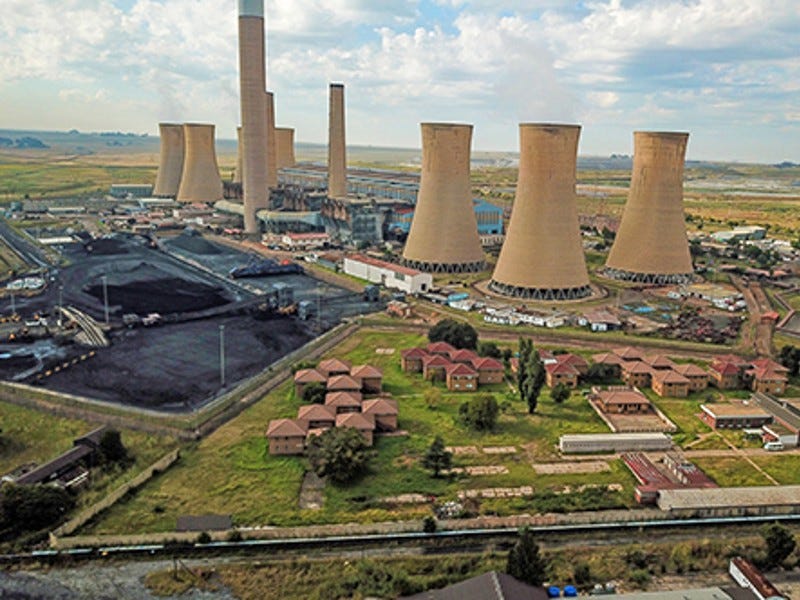

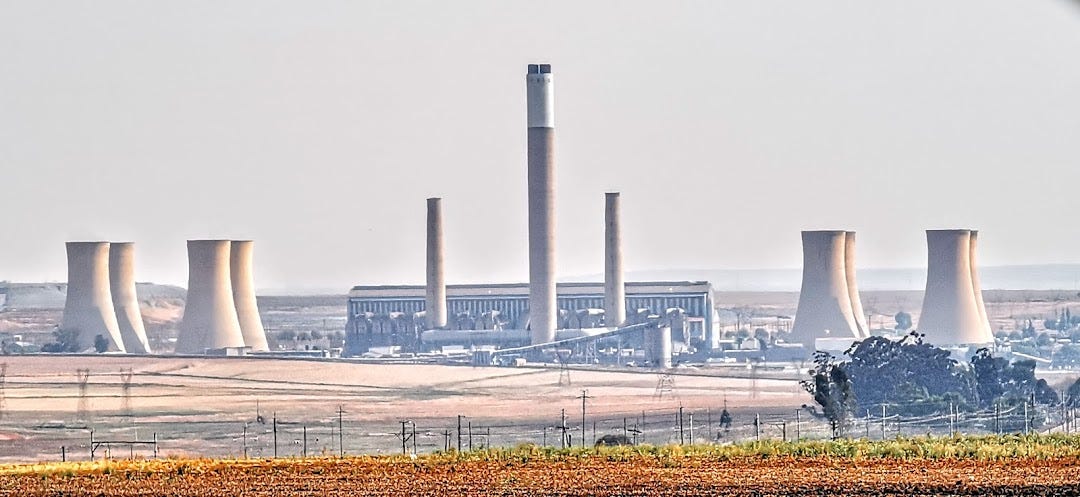
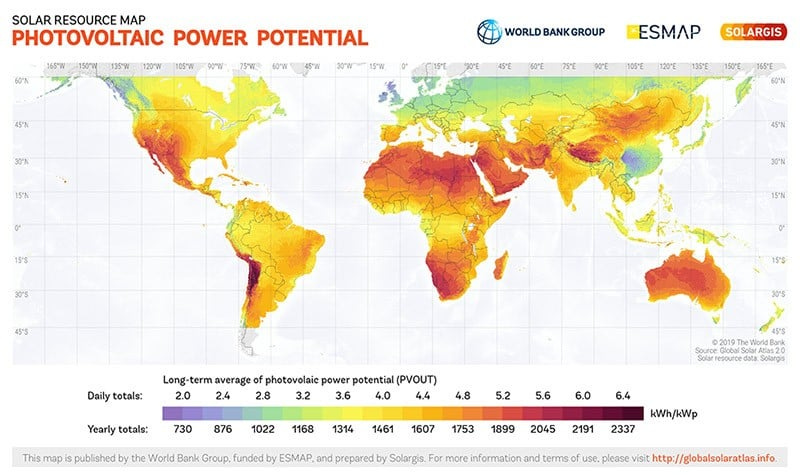
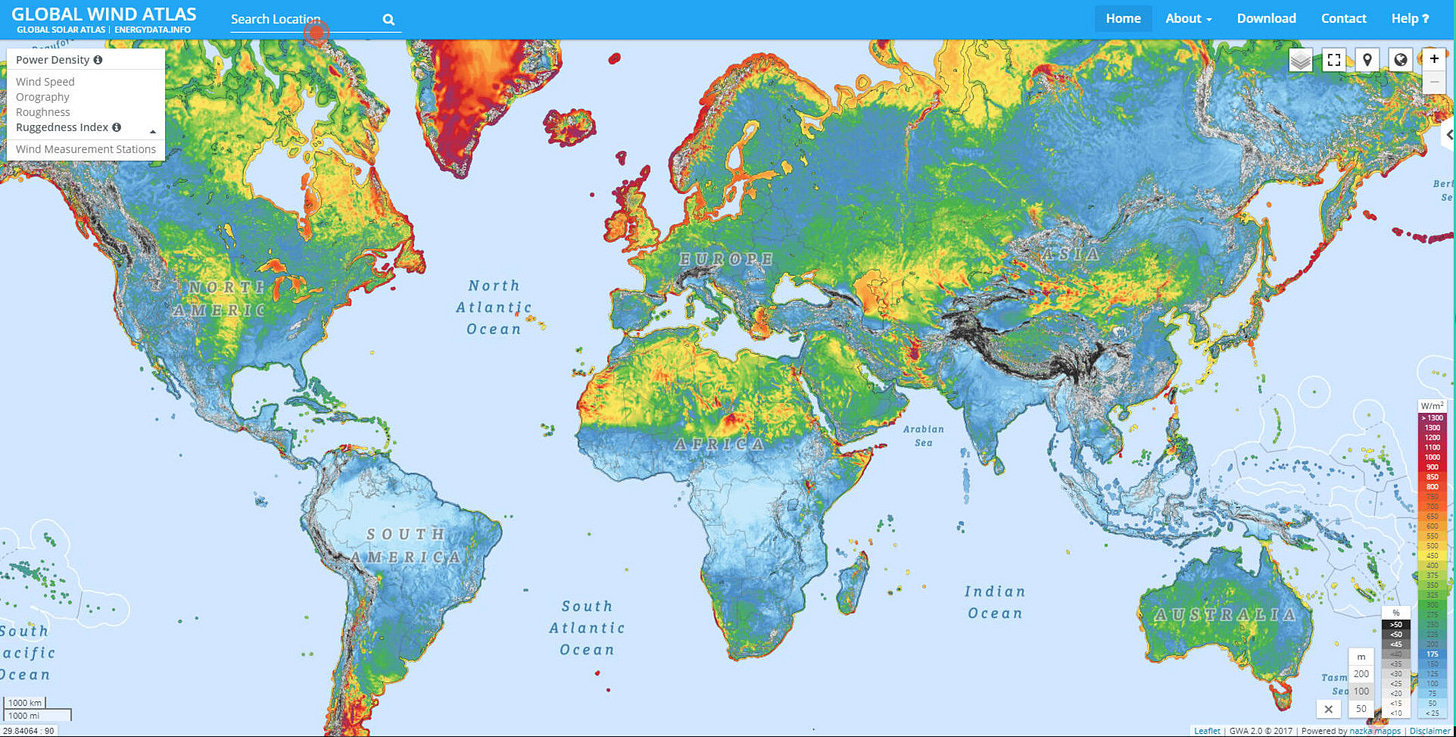
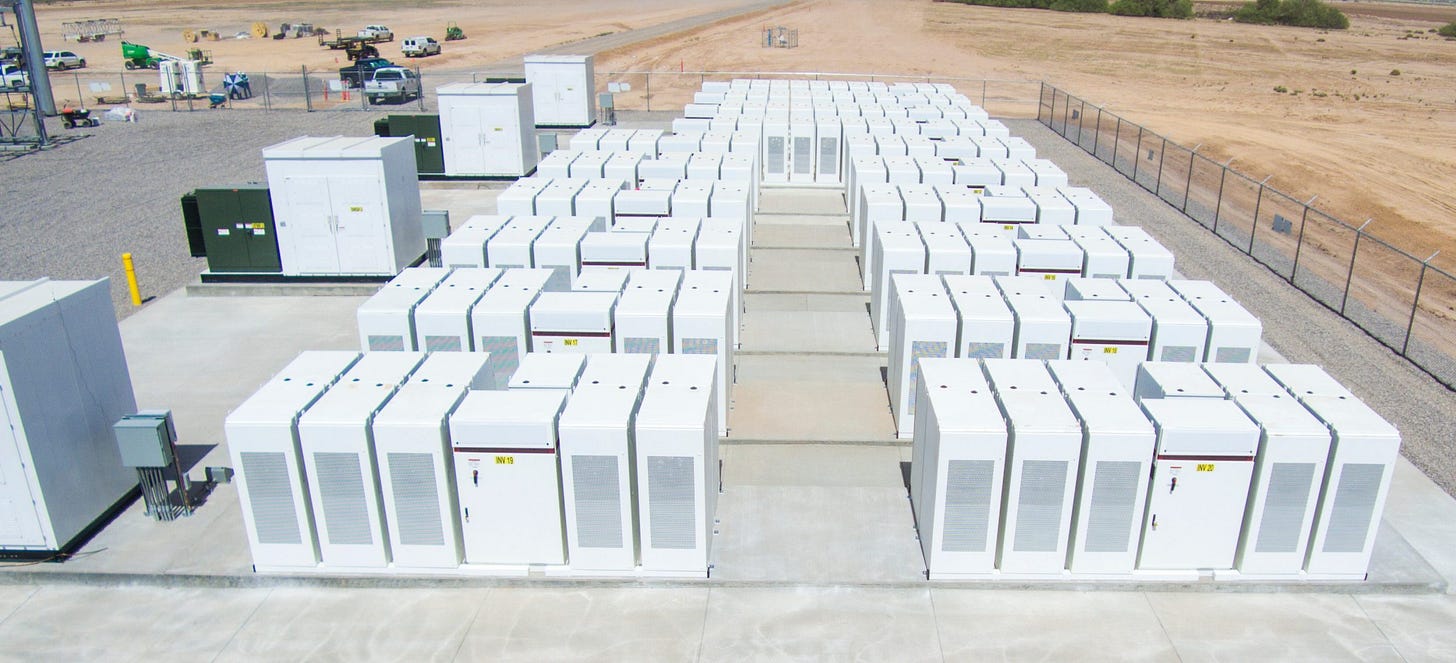
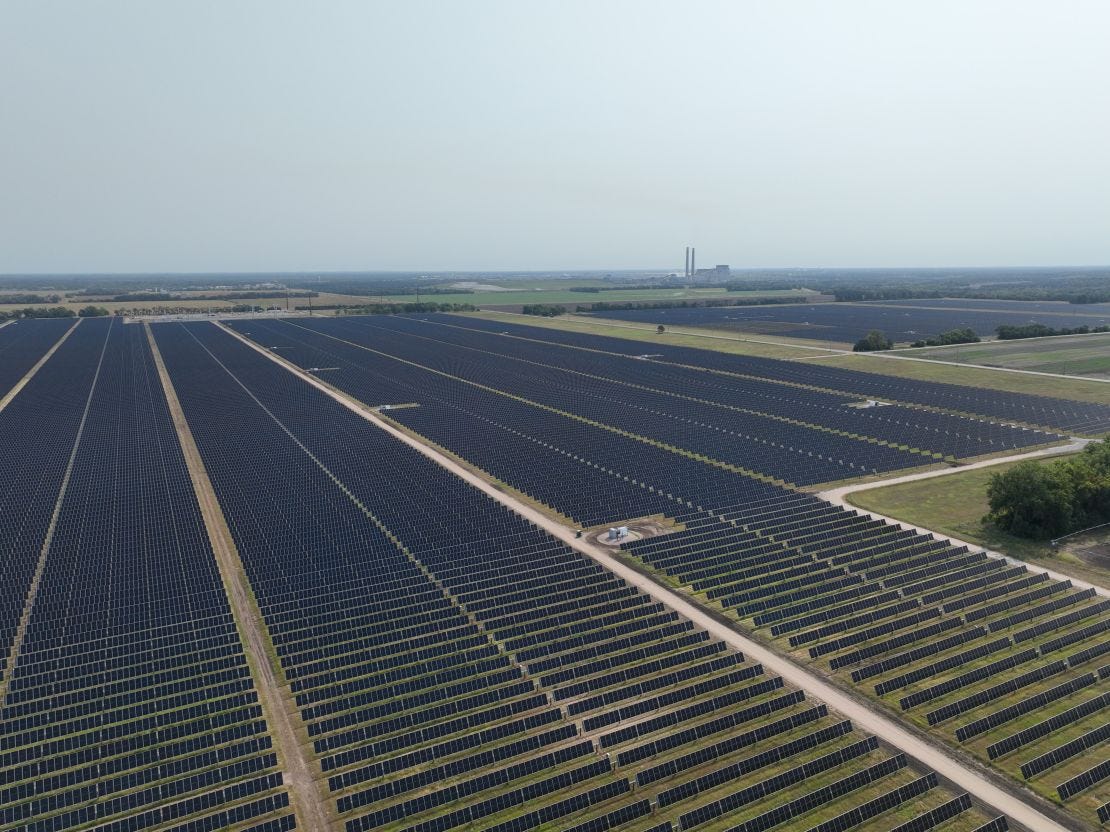




Looking at that map, I wonder if there's any correlation between operating coal plants and economic growth in developing nations.
China competes on manufacturing, and production of energy intensive materials like Steel. Maybe it's just not economically feasible to have a developed society without cheap, throttle-able energy inputs like coal. Energy is basically the fundamental input of almost everything that has economic value, so I wouldn't be surprised that above a certain price point, developing your country becomes extremely difficult.
Based off the map, this would be very bad news for Africa, and very good news for India.
What a crock.
Britain has closed all its coal plants and gas +nuclear generation has fallen from 190 TWh in 2016 to 120 TWh this year.
France has closed 5.7 GW of coal since 2015 and reduced nuclear and gas output
Australia has closed 30% of its coal plants and gas usage for power generation is 45% less than it was in 2008 despite 15% population growth
Spain, Texas etc etc etc